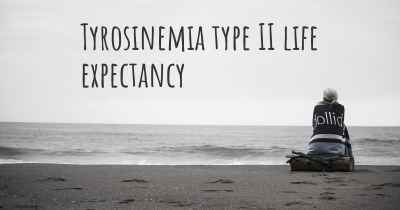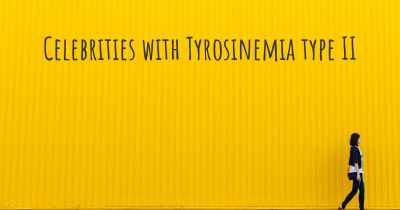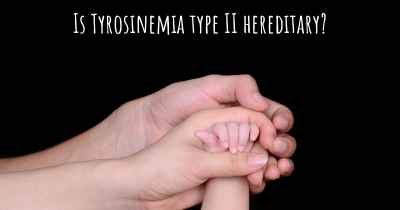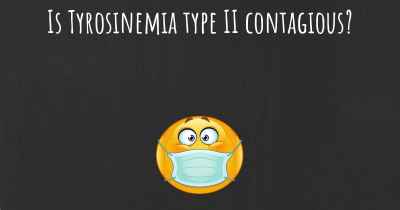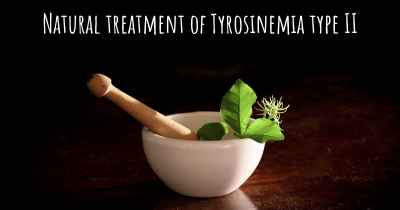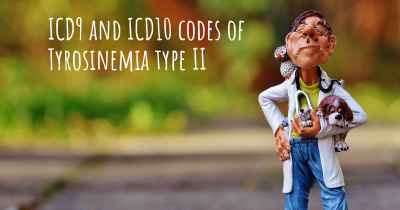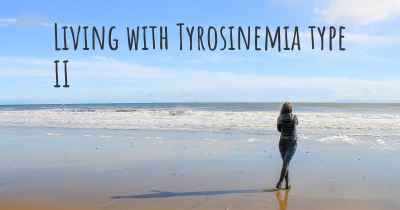What is the history of Tyrosinemia type II?
When was Tyrosinemia type II discovered? What is the story of this discovery? Was it coincidence or not?
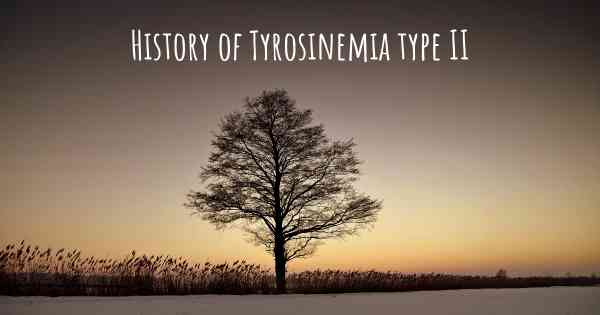
Tyrosinemia type II, also known as oculocutaneous tyrosinemia or Richner-Hanhart syndrome, is a rare autosomal recessive disorder that affects the metabolism of the amino acid tyrosine. It was first described in 1963 by Swiss pediatricians Richner and Hanhart, who identified a group of patients with similar symptoms.
Symptoms: Tyrosinemia type II primarily affects the eyes and skin. Infants with this condition often develop a yellowing of the skin and whites of the eyes (jaundice) shortly after birth. They may also have a distinctive cabbage-like odor. As the disease progresses, affected individuals may experience eye-related symptoms such as corneal ulcers, tearing, sensitivity to light, and eye pain. Skin abnormalities, including painful blistering and thickening, may also occur.
Cause: Tyrosinemia type II is caused by a deficiency of the enzyme tyrosine aminotransferase (TAT). This enzyme is responsible for breaking down tyrosine, an amino acid found in many proteins. Without TAT, tyrosine and its byproducts accumulate in the body, leading to the characteristic symptoms of the condition.
Inheritance: Tyrosinemia type II follows an autosomal recessive pattern of inheritance, which means that an affected individual must inherit two copies of the mutated gene (one from each parent) to develop the disorder. If both parents are carriers of the mutated gene, each of their children has a 25% chance of being affected.
Diagnosis: Diagnosis of tyrosinemia type II involves a combination of clinical evaluation, biochemical testing, and genetic analysis. Blood and urine tests can detect elevated levels of tyrosine and its byproducts. Genetic testing can confirm the presence of mutations in the TAT gene.
Treatment: There is currently no cure for tyrosinemia type II, but management focuses on reducing symptoms and preventing complications. A low-protein diet, specifically restricting tyrosine and phenylalanine (another amino acid), is often recommended to minimize the buildup of toxic byproducts. Vitamin and mineral supplements may also be prescribed to ensure proper nutrition. Additionally, eye drops and ointments can help alleviate eye-related symptoms.
Prognosis: The long-term outlook for individuals with tyrosinemia type II varies. With early diagnosis and appropriate management, many affected individuals can lead relatively normal lives. However, if left untreated, the condition can lead to severe eye damage, intellectual disability, and other complications.
Research: Ongoing research aims to better understand the underlying mechanisms of tyrosinemia type II and develop more effective treatments. Gene therapy and enzyme replacement therapy are being explored as potential future treatment options.
Tyrosinemia type II is a rare genetic disorder that primarily affects the eyes and skin. Early diagnosis and proper management are crucial in improving the quality of life for individuals with this condition.
